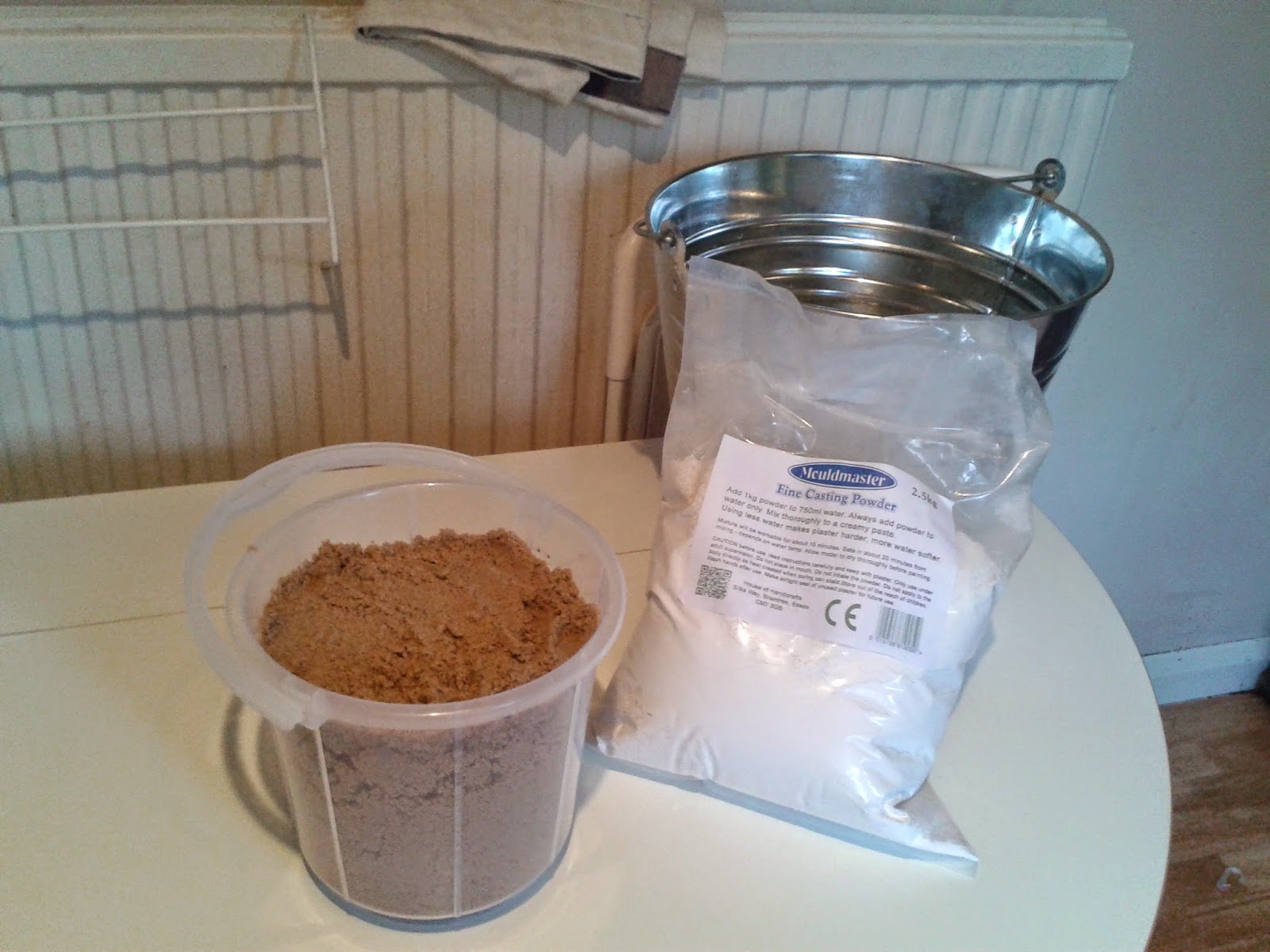Progress report on the technological terror I am creating. This year, I'm in hardware mode instead of software.
Hardware this year doesn't mean valve amps and videocards, instead I'm going back a few thousand years and starting with the basics. Aside from land clearance in the garden, the first construction is about to start - although land clearance and gardening is more challenge than you'd think.
Dakota Firepit
The first thought was to dig a dakota pit, and since I've uprooted some hedges I had a good starting hole to use that I've spent some time looking at.
The Dakota pit is a low-tech solution that I could build with stone age tools, and while I don't have any stone age tools I'm willing to improvise. It'll be enough to heat and beat some metal, and is a good cooking fire too.
I think I can get good airflow from a simple 12V DC brushless fan using an old chimney pot to duct air inwards, so I could upgrade the Dakota pit to get more heat and be a temporary forge fire. This blend of stone-age and modern technology pleases me.
However, the Dakota pit isn't a very visually appealing structure - its a hole in the ground full of fuel and ash at best - and at worse looks pretty naff. Ok, I'll be adding an electric chimney but it's still a hole in the ground. Rain will get to it too.
Its also fundamentally a floor pit which isn't a good height to work at. I'm not going to knock it - as a practical survival fire its amazing but for a domestic garden I can afford to go upmarket so I've been searching for practical alternatives.
Brake Drum Forge
The height of the Dakota pit is annoying, so I'm looking for a raised firebox at about waist high. Being portable is an advantage here because i'll be forging outside, but I'm going to want to store it in a shed to keep it safe from the elements. Once I've built a forge house I can have a more permanent set-up, but I'm looking at getting started straight away so want something small.
A Brake Drum forge is easy to build, the parts are basically scrap metal and its reasonably portable. brake drums are galvanised, so can give off some fumes but I'll be outdoors and can probably deal with it. It's small, portable, and cheap and brake drums are the starting point for many blacksmiths.
Foundry
While the brake drum forge is probably the best starting project, there are some restrictions on its construction. A Dakota pit can be dug with stone age tools that I could make myself, while a brake drum forge needs cutting, welding, and tooling. Normally, practicing these skills is a great task but I want to avoid spending money on gear. Also, the brake drum forge still makes your garden look like a scrap yard. There are also fumes from a brake drum and I'm not too into that.
The compromise is to make a storm-in-a-teacup, on this case a foundry-in-a-bucket. I've got a twelve litre steel bucket - two and a half gallons - that I'm going to line with a refractory material and use as a blast furnace. With an air intake about halfway down I can use the same brushless 12V DC fan that'll get me between 30 and 50 cfm of airflow. With 30 MJ/KG fuel I can get a thousand degrees in there and enough to liquidise brass.
Because the unit is contained in a bucket, it's super portable. It'll weigh in under 10 kilos (20lbs) and can be placed on a stand for working metal, or on the ground for stability if I'm heating a crucible.
Projects
I've got a few early projects in mind. The foundry is one of the first milestones, and I should be able to 3D print patterns to make greensand molds from and cast shapes from brass. I'll have sand left over from making the refractory lining, and thats the principal ingredient in making casting sand.
Using it as a forge I should be able to make some fire tools, and a combination of cast parts and worked steel will make a rotisserie which will allow me to repurpose the whole thing as a cooking fire in time for BBQ season. I guess I'll have to run the fire cooler for cooking - I'm not sure the melting point of chicken, but I'm pretty sure that a thousand degrees blast furnace will result in "well done".
The bucket foundry should be enough to work small steel and iron - tools, and some misc stuff. I'll be making nails with it for some woodwork projects. Kitchen hooks, bookends. Stuff.
It *might* be good for making chain, but there are complications and TBH I don't need any chain right now.
It'll be good for making knives, too, although I'll need a serious grinder for materials reduction and knives are a lot of work so its not a project to be taken lightly. There is a defunct lawnmower, so I'm thinking of taking the blade off and making a gardening machete from it. Reduce, Reuse, Recycle.
So overall, I'm hoping to get good use out of the bucket foundry. Pictures and videos are on their way.
Until then, Fly Casual.

